|
Now it may depend on who you ask, but would your friends describe you as one of these? If so...great! It's fun to be a Treble Maker! But let's say...you got a note like this: Can you understand this note? Last month, one of the blogs went over several common musical symbols that pianists need to learn. The symbols covered were:
There's one symbol in the above picture, the very last one, that was not included in the previous blog. Do you know what it is? It's a Repeat Sign...and it means to go back to the beginning, and play the piece, or section again. Although repeat signs are fairly common in piano and all music, there are some other symbols that aren't as common, or aren't used as much in piano playing until you reach more advanced levels, or are playing different styles of music. Let's take a look at a few of them. Have you ever seen one of these "x"'s in front of a note? This is a Double Sharp...meaning you play 2 1/2 steps up from the natural form of the note, to play this. To play C - double sharp, you would actually play the D key instead. Likewise, you can have a Double Flat before a note, which means that you go down 2 1/2 steps from the natural note to play the Double Flat version. OK...here's another one. Have you ever seen this for your right hand notes? Whenever you see 8va over a section of notes, that means that you are to play the notes an octave higher, than what is actually written on the page. Have you ever noticed that sometimes a pianist will hold a note longer than the rest of the other notes? Especially at the end of a specific section or the end of the piece? When a piece calls for holding a note for a longer amount of time like this, a Fermata sign is put over the note, so you'll know to keep that key down longer. A Fermata looks like this, in music. You can see why - a lot of times Fermatas are also called Bird's Eye...as in, "there's a Bird's Eye over the note". Speaking of symbols that are placed above notes, here's another one that you might not have seen yet. Whenever you see a "tr" over a note, it means that you are to play a trill on that note. Trills are ornamentation added into music that decorate the sound and add in some technical elements to notes. It usually means that you play the original note along with the note right above it several times back and forth, quickly and in tempo, while playing the passage.
Although not the most common, each of the above symbols will most likely be encountered during your piano studies and it's good to know what they mean ahead of time. Besides knowing how to read your music better, knowing these symbols lets you understand musical symbol notes, like the very first one too, if you ever find one! Perhaps you'll be able to make up your own secret language using musical notation and symbols too! Stay Tuned to LessonsOnTheWeb to learn much more! Leave a Reply. |
AuthorMost blogs written by Archives
June 2020
Categories
All
|
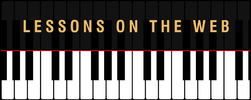
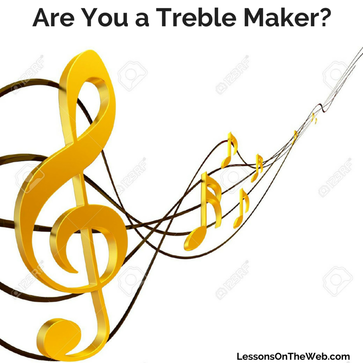
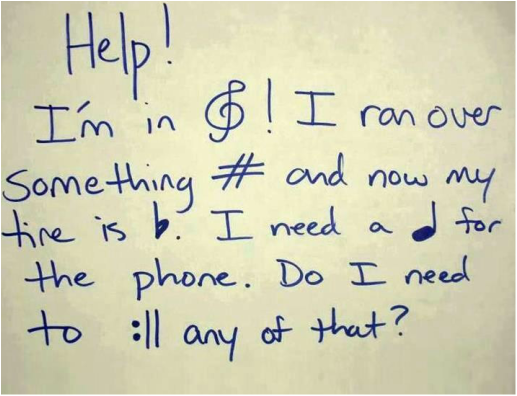


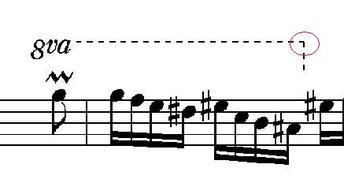

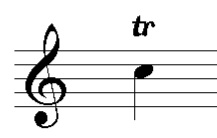
 RSS Feed
RSS Feed